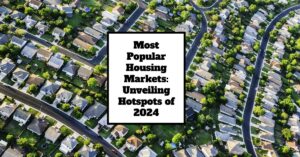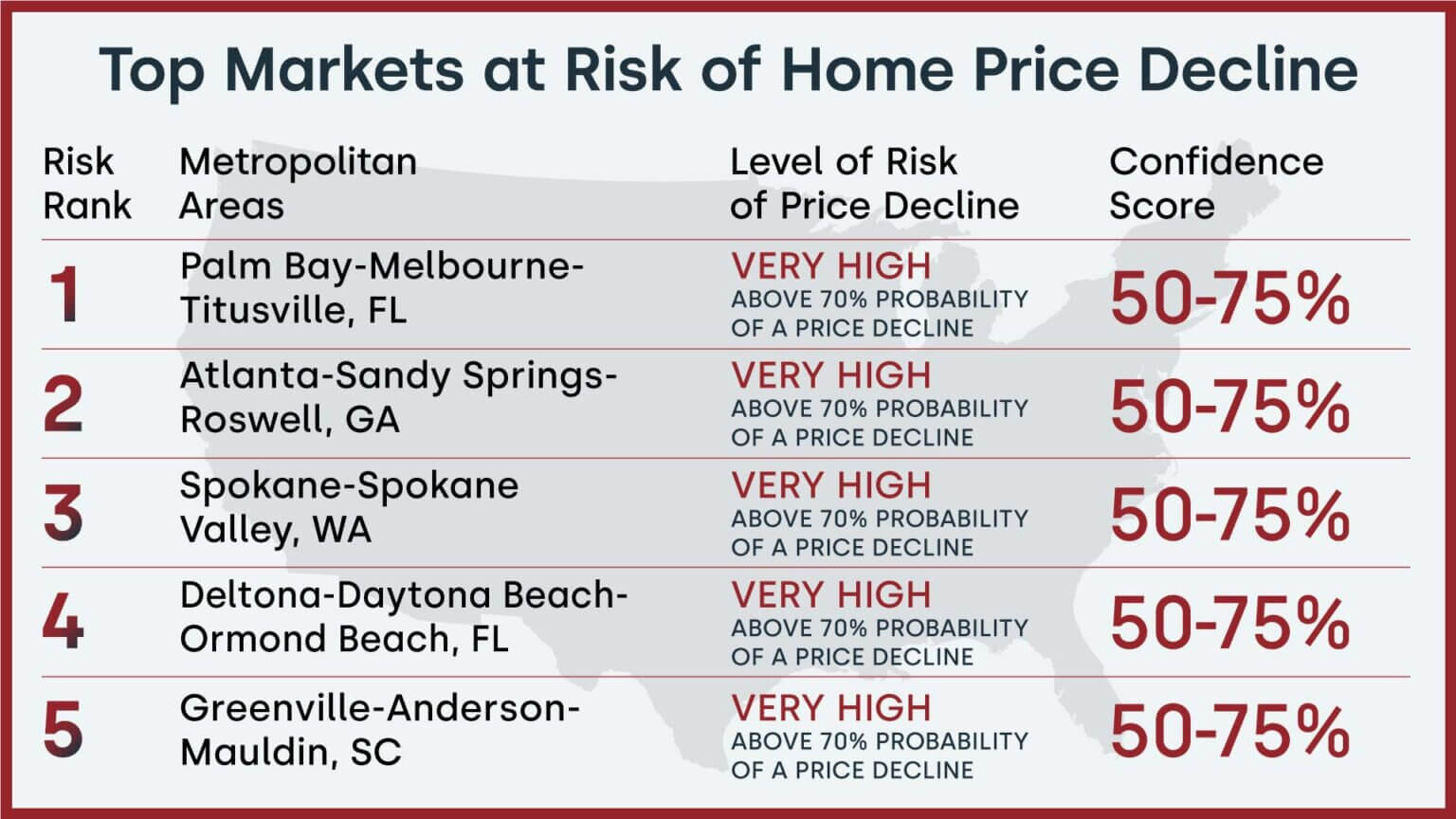Alright, let's dive right into the current Florida housing market. The market is showing signs of a shift, with increased listings and inventory, while prices are starting to cool off a bit. This means that for potential buyers who've been waiting on the sidelines, there are more opportunities than before, while for sellers, the market may not be as hot as it once was. Let's break it all down, shall we?
I know how stressful it can be navigating the real estate scene, and whether you're looking to buy, sell, or just keep tabs on the market, it's crucial to stay informed. That's why I'm here to give you the lowdown on what's happening in Florida right now, based on the latest data from Florida Realtors®.
Florida Real Estate Market Saw a Post-Hurricane Rebound Last Month
Home Sales
Let's talk sales numbers. In November 2024, we saw a dip in closed sales compared to the same time last year. Existing single-family home sales totaled 17,095, which is a 3.5% decrease year-over-year. Condo-townhouse sales took a bigger hit, with 6,002 units sold, down a significant 15.6%.
Now, that might sound like a lot, but it’s important to look at the bigger picture. When comparing different sized markets, it's always better to compare percentages rather than absolute sales figures, plus, these numbers can swing quite a bit from month to month.
Here is a summary:
- Single-Family Homes: 17,095 closed sales, a 3.5% decrease year-over-year
- Condo-Townhouse Units: 6,002 closed sales, a 15.6% decrease year-over-year
Home Prices
The good news for buyers is that home prices are showing signs of easing. The statewide median sales price for existing single-family homes in November was $410,700, which is a slight 0.6% decrease from the $413,000 we saw a year ago. For condo-townhouse units, the median price dropped more noticeably, down 5.8% to $311,000 from $330,000 in November 2023.
It's important to remember that the median price is simply the midpoint; half the homes sold for more, and half for less. So, while the median price is a useful indicator, it doesn't necessarily reflect the price of all homes. But overall, this decrease in median sales prices does suggest that home values aren't climbing as fast as they were.
Here is a summary:
- Single-Family Homes: Median price $410,700, down 0.6% year-over-year
- Condo-Townhouse Units: Median price $311,000, down 5.8% year-over-year
| Property Type | November 2024 Median Price | November 2023 Median Price | Percent Change Year-over-Year |
|---|---|---|---|
| Single-Family Homes | $410,700 | $413,000 | -0.6% |
| Condo-Townhouses | $311,000 | $330,000 | -5.8% |
Housing Supply
One of the big stories in the current Florida market is the increase in housing supply. In November, there was a 4.8-month supply of existing single-family homes, which is a substantial 29.7% increase compared to last year. The condo-townhouse market saw an even bigger jump, with an 8.2-month supply, up a whopping 64% year-over-year.
What does this mean? Well, a higher supply means more options for buyers and less pressure from bidding wars, giving them more time to make decisions. As a result, this is a very welcome change for buyers.
Here is a summary:
- Single-Family Homes: 4.8-month supply, up 29.7% year-over-year
- Condo-Townhouse Units: 8.2-month supply, up 64% year-over-year
Market Trends
Here's where things get interesting. According to Florida Realtors Chief Economist Dr. Brad O’Connor, November saw a post-hurricane rebound in new listings and new pending sales. We saw a significant 12.6% jump in new pending sales for single-family homes year-over-year, which is a very large jump considering the recent trends. To put it in perspective, this is the most growth we’ve seen since April 2021. The increase in new listings also paints an interesting picture. For existing single-family homes, new listings were up 7.2% year-over-year, while condo-townhouse listings were up 5.4%. This is great news for buyers who have more properties to choose from.
However, O’Connor did caution that this could be a temporary rebound, with October activity shifting into November due to the hurricane. It seems we may need to wait for the December figures to see if there's true momentum.
- New Pending Sales (Single-Family): Up 12.6% year-over-year (largest increase since April 2021)
- New Listings (Single-Family): Up 7.2% year-over-year
- New Listings (Condo-Townhouse): Up 5.4% year-over-year
Is It a Buyer's or Seller's Housing Market?
Now for the million-dollar question: is it a buyer's or a seller's market? Well, it's complicated. Traditionally, a market is considered balanced when there is around a 5.5-month supply of homes. Anything lower than that typically favors sellers, and anything higher favors buyers.
With a 4.8-month supply for single-family homes and a higher 8.2-month supply for condo-townhouses, it's not completely clear-cut. The single-family home market is still leaning slightly towards sellers, but it is moving towards balance. The condo-townhouse market, however, is giving more leverage to buyers. However, with the increased inventory and slight price decrease we are leaning towards a more balanced market, or even one that is slightly favoring buyers especially in the condo-townhouse sector, compared to the previous years. However, it is important to look at individual neighborhoods to get the true picture of supply and demand.
Are Home Prices Dropping?
The short answer is, not drastically, but they are easing. We've seen a small decrease in the median sale price for both single-family homes and condos/townhouses. Single family homes are down by 0.6%, while condo townhouses are down by 5.8%.
While some might be hoping for a huge drop, that's not what we're seeing. The market is adjusting, which is actually a healthy sign. It's not a crash, but more of a leveling off, and an indicator that the rapid price increases of the past few years might be slowing.
Additional Data Points to Consider
It’s not just about supply and prices. There are other metrics that give a complete picture of the housing market:
- Median Time to Contract: This is the time it takes between a home being listed and a buyer and seller entering an agreement. It now sits at 47 days, which is a 62.1% increase year-over-year, signaling that homes are staying on the market a little bit longer compared to last year.
- Median Time to Sale: The time between listing and actually closing the sale is now at 90 days. This is up 25% year over year, meaning the entire process from listing to closure has been elongated significantly.
- Cash Sales: The percentage of closed sales paid fully in cash is 27.5%, down 13% year-over-year. This could indicate a reduction in investor activity.
- Median Percent of Original List Price Received: Sellers are getting 95.8% of their original listing price. This is a 1.2% decrease year over year. This figure is useful to analyze how much negotiation is happening and whether buyers are getting a better deal on the property, which suggests more bargaining power for buyers than what they had last year.
My Thoughts and Opinions
As someone who’s been watching the Florida market for a while now, I think what we're seeing is a very welcome shift. The rapid appreciation of home values was unsustainable, and a more balanced market will benefit everyone in the long run. The increased inventory is great news for buyers, giving them more choices and less pressure.
I do think the post-hurricane rebound is something to watch. It will be interesting to see how things play out in the December numbers, and whether the momentum we saw in November continues. The market is very much still in transition.
For buyers, my advice would be: Don't rush in with unrealistic expectations. Do your homework. Don't get caught up in bidding wars and make sure to keep your long-term goals in mind. There are great opportunities out there right now but you must do your diligence and be well-informed.
For sellers: It might be time to adjust your expectations. Overpricing your home will likely result in it sitting on the market longer. Work with an experienced realtor who can provide guidance on pricing and strategy.
Conclusion
The current Florida housing market is complex and ever-changing. While we're seeing signs of a shift towards a more balanced market, the situation is still very dynamic. Home prices are easing, supply is up, and sales have cooled off, and I think these changes are great news. But remember, the real estate market is localized, so it's essential to look at what’s happening in your specific area to make the most informed decisions.
The key is to stay informed, work with knowledgeable professionals, and be prepared to adjust your strategy as the market continues to evolve. It's an interesting time to be involved in Florida real estate, and with the right approach, you can make your goals a reality!
Work with Norada, Your Trusted Source for
Turnkey Investment Properties in Florida Markets
Discover high-quality, ready-to-rent properties designed to deliver consistent returns.
Contact us today to expand your real estate portfolio with confidence.
Contact our investment counselors (No Obligation):
(800) 611-3060
Recommended Read:
- Hottest Florida Housing Markets in 2025: Miami and Orlando
- Florida Real Estate: 9 Housing Markets Predicted to Rise in 2025
- Florida Housing Market Forecast for Next 2 Years: 2025-2026
- Housing Markets at Risk: California, New Jersey, Illinois, Florida
- 3 Florida Housing Markets Are Again on the Brink of a Crash
- Florida Housing Market Predictions 2025: Insights Across All Cities
- Florida Housing Market 2024 & Predictions for Next 5 Years
- Florida Housing Market Trends: Rent Growth Falls Behind Nation
- When Will the Housing Market Crash in Florida?
- South Florida Housing Market: Will it Crash in 2024?
- South Florida Housing Market: A Crossroads for Homebuyers











